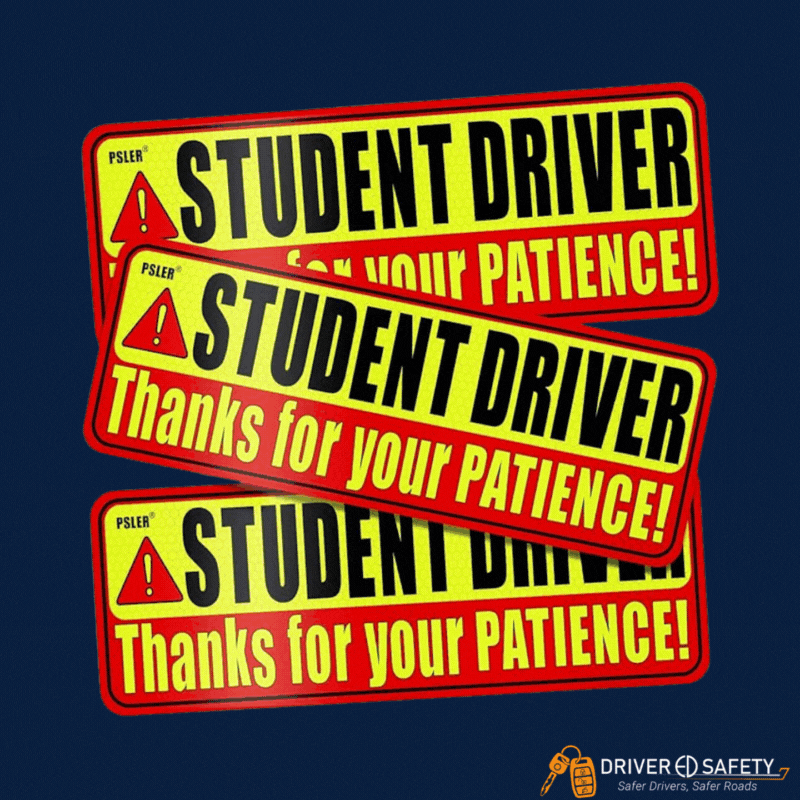
Cars, trucks, and motorcycles are a staple of everyday life. Oftentimes, we take our vehicles for granted and forget to consider that they need regular maintenance to get us from point A to point B. The team at Driver ED Safety is committed to helping our communities stay safe on the road. Regularly checking your tire condition is one of the best ways to ensure your car is safe to drive. Get the basics on how to check your tires for wear and tear.
Start with the Penny Test
The penny test is one of the easiest ways to ensure your tires are in tip-top shape. About once a month, get out a penny and take a look at your tire treads. Fit the penny (Lincoln’s head first) into one of the grooves. How much of Lincoln’s head is covered? You’re in good shape if Honest Abe is at least partly covered. However, if the tread doesn’t cover any part of his silhouette, your tires may no longer be able to grip the road like they should.
Check Your Tire Pressure
Next, check your tire pressure. Wait at least three hours after driving, then get out your pressure gauge. Remove the valve stem cap, and insert the gauge into the valve stem. Use enough pressure to make the hissing noise stop. Now, you should be able to remove the gauge and see the pressure reading. If the pressure is around the recommended rate, you’re set to drive. If not, you’ll need to ensure your tires are properly inflated.
Keep Track of Your Tires’ Age
Make a note of when your tires were last changed. In the best of cases, tires can last up to 10 years but may need to be changed sooner depending on how much you drive. Remember: using tires far beyond their expiration date can be dangerous for both you and other motorists on the road. As your tires age, it gets more difficult to drive safely in the rain and other less-than-ideal conditions. Protect yourself and your passengers by not letting your tires wear out their welcome!
Don’t Ignore Damage
Whether it’s a tiny chip in your windshield or dented door, ignoring damage is easy if it doesn’t inhibit your ability to drive. However, when it comes to tires, you should never ignore potential damage. If you hit a pothole, run over a curb, or otherwise impact your tires, don’t put off inspecting them. At the first sign of damage, make an appointment with a mechanic.
Get in Touch with Us
Whether you’re new to the road or browsing online driving courses for your school district, CIESC’s Driver ED Safety can accommodate you. Beyond providing tips for checking tire condition and staying safe in dangerous road conditions, we also offer a wealth of training modules for new and veteran drivers. Get in touch with us to learn more about our services.


















